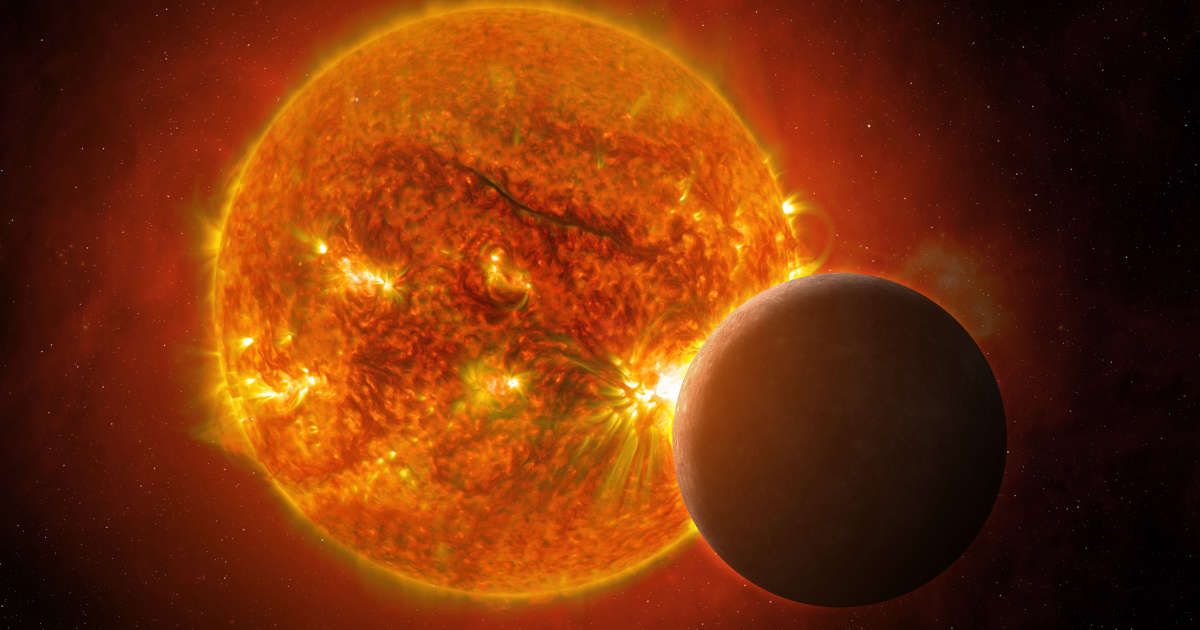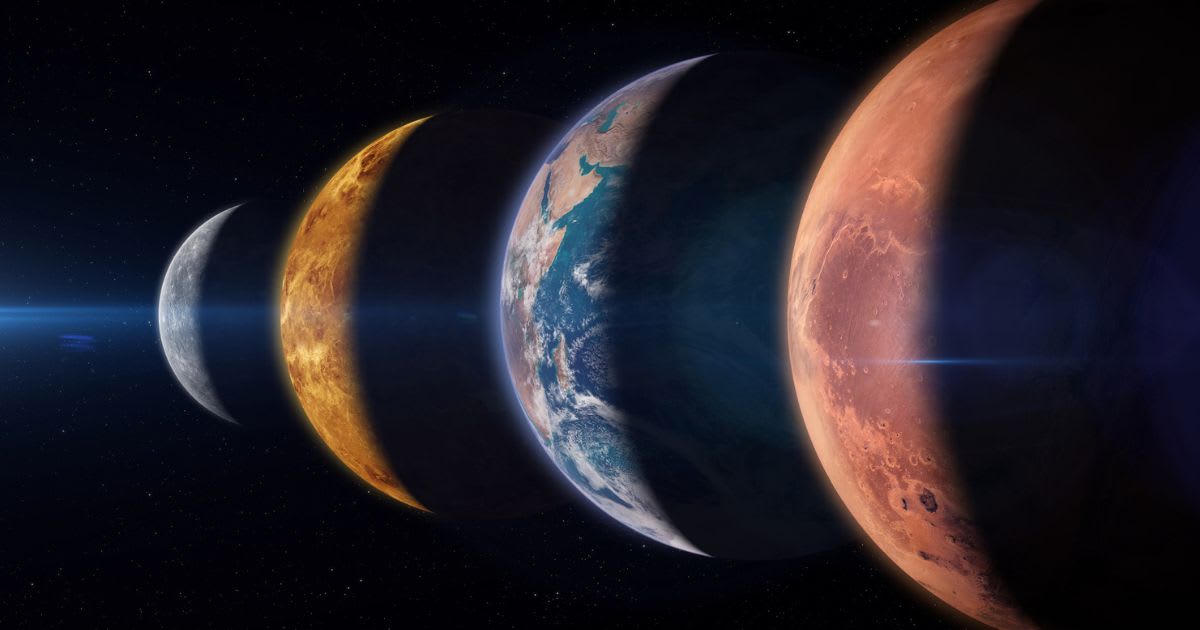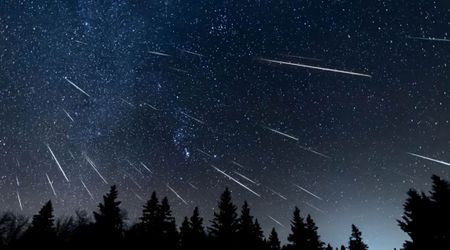Mercury to be at its greatest eastern elongation on October 29—here's how to spot it

Skygazers in the Southern Hemisphere will have the year's best opportunity to spot the elusive planet Mercury on October 29, when it reaches its greatest eastern elongation, as per Earth Sky.

The solar system's fastest and innermost planet, Mercury, will attain its maximum apparent separation from the Sun, an event known as greatest elongation, at 6:00 p.m. ET (5 p.m. CDT) on Wednesday, October 29, 2025. At this point, the tiny world will be 24° away from the Sun in the sky, offering a prime, though fleeting, viewing window.

Observers should direct their gaze to the western horizon shortly after sunset. This is a critical timing element, as Mercury's proximity to the Sun means it quickly follows the star below the horizon. The planet will be situated in the constellation Scorpius, though the constellation's stars will likely be lost in the bright twilight. The celestial event is particularly advantageous for the Southern Hemisphere, which receives its optimal evening viewing of Mercury for 2025. In addition to Mercury, the planet Mars, shining at a 1.5 magnitude, will be visible nearby.
Mercury will be shining brightly, initially registering at around -0.2 magnitude, making it brighter than most stars. Its illumination will be approximately 63% at elongation, presenting a disk measuring 6.62 arcseconds across for those using a telescope. However, its visibility will rapidly diminish after October 29. As Mercury begins its transit inward toward the Sun, its illuminated face will turn away from Earth, causing a swift drop in brightness. The planet is forecast to vanish from the evening sky next month, reaching inferior conjunction, passing directly between Earth and the Sun, at 5:00 a.m. EDT on November 20.

The planet’s distance from the Sun in our sky can vary between 18° and 28°. This specific October elongation, at 24°, offers a better opportunity due to seasonal factors affecting the angle of the ecliptic (the path of the Sun and planets) relative to the horizon. For any hemisphere, autumn evening elongations are generally considered less favorable due to the shallow angle of the ecliptic. Conversely, spring evening elongations are typically better, as the ecliptic is steeper. This October appearance is an exception for Southern Hemisphere observers, marking their best chance to see Mercury in the evening twilight this year.
Mercury’s visibility is inherently limited because its orbit is closer to the Sun than Earth's, as per IntheSky.Org. As a result, the planet is usually lost in our star's blinding glare. The only times it becomes observable are during a few weeks surrounding its moments of greatest elongation, when it achieves its maximum apparent separation from the Sun. These viewing opportunities occur approximately every three to four months, alternating between the morning and evening sky.
While the October 29 elongation is a favorable viewing window for the Southern Hemisphere, viewing conditions are highly dependent on location and season. For instance, from a Northern Hemisphere city like New York, Mercury’s peak altitude above the horizon during an evening showing can range dramatically from 7° to 21°. During the upcoming October–November 2025 apparition, observers in New York will see the planet reach a relatively low peak altitude of just 7° above the horizon at sunset on November 2, 2025.
More on Starlust
Don't miss Mercury's greatest elongation from the Sun on July 4 — here's how to watch it
Mercury, Moon and Gemini twins aligned for rare viewing opportunity in June









